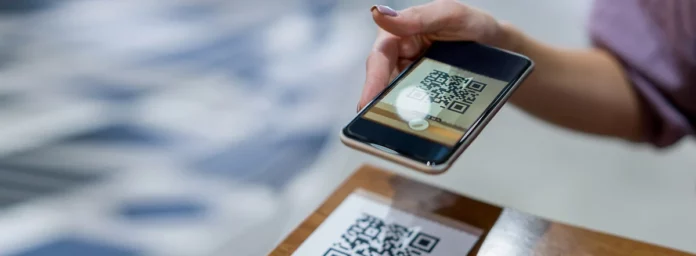Technology continues to shape how we live, work, and interact, and one of the simplest yet most powerful tools to emerge is the QR code scanner. These black-and-white square patterns have become part of our daily routine, appearing on restaurant menus, product packaging, advertisements, and even public signs. With just a quick scan using your smartphone or a dedicated app, you can instantly access websites, make payments, view product details, or save contact information—no typing or searching required.
In today’s fast-paced, contactless world, convenience and efficiency are everything. Let’s explore the top benefits of using a QR code scanner and how it makes daily life easier, smarter, and safer.
1. Instant Access to Information
One of the biggest advantages of using a QR code scanner is the speed and simplicity it brings to accessing information. Instead of typing out long URLs or manually searching for details, a single scan delivers the information you need instantly. Whether it’s a restaurant menu, product specifications, or a digital guide, the process is fast and frustration-free.
Businesses also benefit by sharing information digitally, reducing the need for printed materials. Schools, museums, and event organizers use QR codes to share educational content or exhibit details, bridging the gap between the physical and digital worlds.
2. Enables Contactless Transactions
QR code scanners have transformed the way we handle payments. By scanning a QR code with a payment app, you can make secure transactions without touching cash or cards. This method gained popularity during the COVID-19 pandemic, offering a safe and hygienic way to pay, donate, or transfer money.
Even now, contactless payments remain a preferred choice because they’re secure, quick, and convenient. From buying groceries to paying utility bills, QR code payments have made financial transactions smoother and safer than ever.
3. Simplifies Shopping and Product Research
Shopping has become more informed thanks to QR codes. Many brands include them on packaging to give customers instant access to product details, reviews, and instructions. A quick scan can lead you to warranty information, setup tutorials, or customer support—all without searching manually.
This feature helps shoppers make smarter buying decisions while reducing paper waste. Companies also benefit by offering digital resources instead of printing lengthy manuals, promoting sustainability.
4. Streamlines Event Management and Ticketing
Gone are the days of printed tickets and long check-in lines. With QR codes, event ticketing has gone fully digital. You can receive your ticket directly on your phone and scan it at the entrance—no paper, no hassle.
For event organizers, this method enhances security and efficiency, since every QR code is unique and difficult to duplicate. It also helps track attendance accurately while reducing paper waste, making events both smoother and eco-friendly.
5. Simplifies Wi-Fi Connections and App Downloads
Typing long Wi-Fi passwords can be annoying, but with QR codes, connecting is instant. Many cafés, offices, and hotels now offer Wi-Fi QR codes that let you connect automatically—no typing required.
Similarly, QR codes make app downloads easier. Instead of searching manually, scanning a code takes you directly to the app’s download page. This makes promotions, marketing, and software sharing faster and more user-friendly.
6. Promotes a Paperless and Sustainable Lifestyle
QR codes play a key role in supporting sustainability. By replacing printed materials like menus, brochures, and tickets with digital alternatives, they help reduce paper use and waste.
Schools, offices, and organizations use QR codes to share documents, assignments, and announcements digitally, cutting down on printing costs while being environmentally responsible. Using a QR code scanner is not just convenient—it’s a small step toward a greener, paperless world.
Conclusion
In today’s digital era, the QR code scanner is more than a convenience—it’s a necessity. It makes daily activities faster, safer, and more efficient, from shopping and learning to paying bills and attending events.
As more industries adopt this simple technology, QR code scanning continues to bridge the gap between the physical and digital worlds. Whether you’re connecting to Wi-Fi, discovering a new product, or making a payment, a single scan opens up endless possibilities—proving that sometimes, the simplest tools create the biggest impact.

